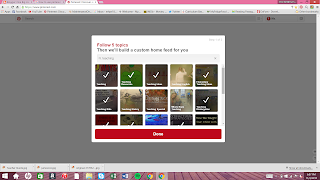No, this post will not be about models about to strut the runway adorned in designer clothes that cost hundreds of dollars, this post will be about the models of social interactions within the classroom.
So what are the names of these models?1.) Behavioral (To change behavior)
- Through practice and a controlled environment you can change behavior
-In this model you can develop skills and knowledge
2.) Information Processing (The teacher develops student information skills)
-Process, analyze, and reflect on information. Students are exploring and engaged in the Information Processing model
3.) Social Interactive (Develop student social skills)
-Group work
4.) Personal Interactive (Individual learning)
-Helps students develop self esteem and identity in the classroom
-Through individual projects, students are developing their skills
5 step inquiry lesson (This is a very important type of lesson to implement these models)
Direct Instruction is mostly teacher controlled, however Social Interactive model is more students gathering information, processing the information, and applying the information to various topics.
Case studies is a great way to implement this model! Students can explore and develop skills in a focused way.
"Inquiry, where students are lead by questions and questions never end." -Dr. Smirnova
In the following video notice one way that the social interactive model can be implemented in the classroom:
















